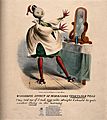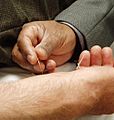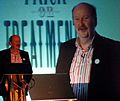Alternative medicine facts for kids
Quick facts for kids Alternative medicine |
|
|---|---|
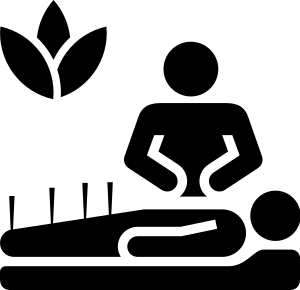 |
|
| Claims | Alternatives to reality-based medical treatments |
Alternative medicine describes any practice that aims to achieve the healing effects of medicine, but which lacks biological plausibility and is untested,untestable or proven ineffective. Holistic medicine is another re-branding of alternative medicine
Alternative therapies share in common that they reside outside medical science, and rely on pseudoscience. Traditional practices become "alternative" when used outside their original settings without proper scientific explanation and evidence.
Some alternative practices are based on theories that contradict the science of how the human body works; others resort to the supernatural or superstitious to explain their effect. In others, the practice is effective but has too many side-effects.
Alternative medicine is distinct from experimental medicine, which employs the scientific method to test therapies by way of responsible and ethical clinical trials, producing evidence of either effect or of no effect.
Research into alternative therapies often fails to follow proper research protocols (such as placebo-controlled trials, blind experiments and calculation of prior probability), providing invalid results.
Much of the perceived effect of an alternative practice arises from a belief that it will be effective (the placebo effect), or from the treated condition resolving on its own (the natural course of disease).
The alternative sector is a highly profitable industry with a strong following, and faces far less regulation over the use and marketing of unproven treatments. Its marketing often advertises the treatments as being "natural" or "holistic", in comparison to those offered by "big pharma". Billions of dollars have been spent studying alternative medicine, with little to no positive results.
Alternative therapies do not "complement" (improve the effect of, or mitigate the side effects of) functional medical treatment. Significant drug interactions caused by alternative therapies may instead negatively impact functional treatment by making prescription drugs less effective, such as interference by herbal preparations with warfarin.
Alternative medicine includes practices that incorporate spiritual, metaphysical, or religious belief; non-evidence based practices, non-European medical traditions, or newly developed approaches to healing.
Examples include acupuncture, chiropractic, naturopathy, ayurveda, reiki, shamanism and homeopathy.
History
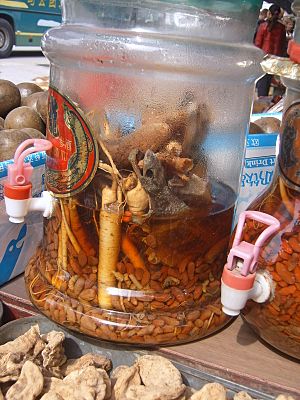
Use of alternative medicine in the west began to rise following the counterculture movement of the 1960s, as part of the rising new age movement of the 1970s.
This was due to misleading mass marketing of "alternative medicine" being an effective "alternative" to bio-medicine, changing social attitudes about not using chemicals and challenging the establishment and authority of any kind an with the growing frustration and desperation by patients about limitations and side effects of science-based medicine.
By the early to mid 1970s the expression "alternative medicine" came into widespread use, and the expression became mass marketed as a collection of "natural" and effective treatment "alternatives" to science-based bio-medicine.
Patients can be averse to the painful, unpleasant, and sometimes-dangerous side effects of biomedical treatments. Treatments for severe diseases such as cancer and HIV infection have well-known, significant side-effects.
Even low-risk medications such as antibiotics can have potential to cause life-threatening anaphylactic reactions in a very few individuals. Many medications may cause minor but bothersome symptoms such as cough or upset stomach. In all of these cases, patients may be seeking out alternative therapies to avoid the adverse effects of conventional treatments.
According to the National Health Service (England), the most commonly used complementary and alternative medicines (CAM) supported by the NHS in the UK are: acupuncture, aromatherapy, chiropractic, homeopathy, massage, osteopathy and clinical hypnotherapy.
Images for kids
-
Acupuncture involves insertion of needles in the body.
-
A chiropractor "adjusting" the spine
-
Christian laying on of hands, prayer intervention, and faith healing
-
Indian Ayurvedic medicine includes a belief that the spiritual balance of mind influences disease.
-
Shaman healer in Sonora, Mexico.
-
Phytotherapy (herbal medicine): an engraving of magnolia glauca in Jacob Bigelow's American Medical Botany
See also
 In Spanish: Medicina alternativa para niños
In Spanish: Medicina alternativa para niños



